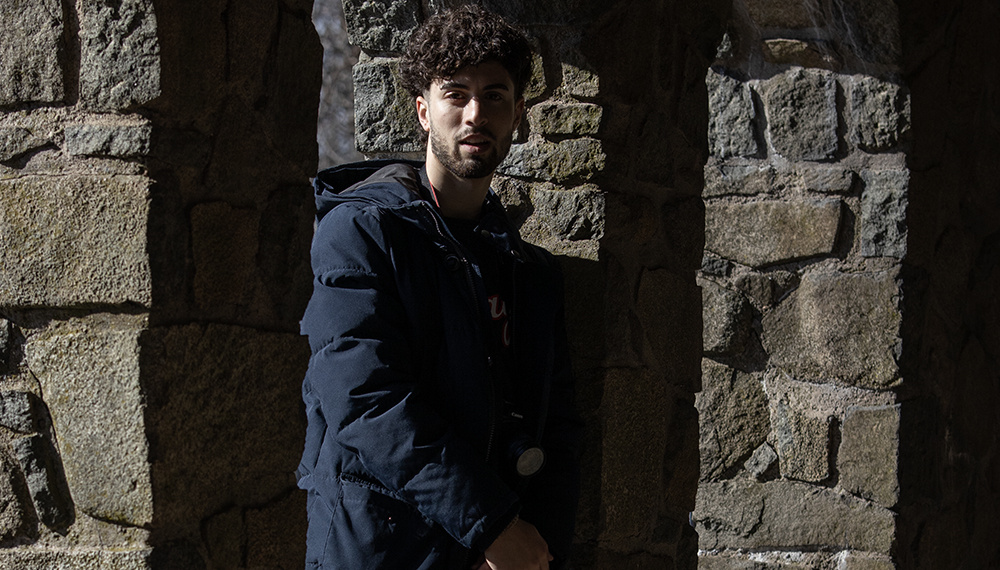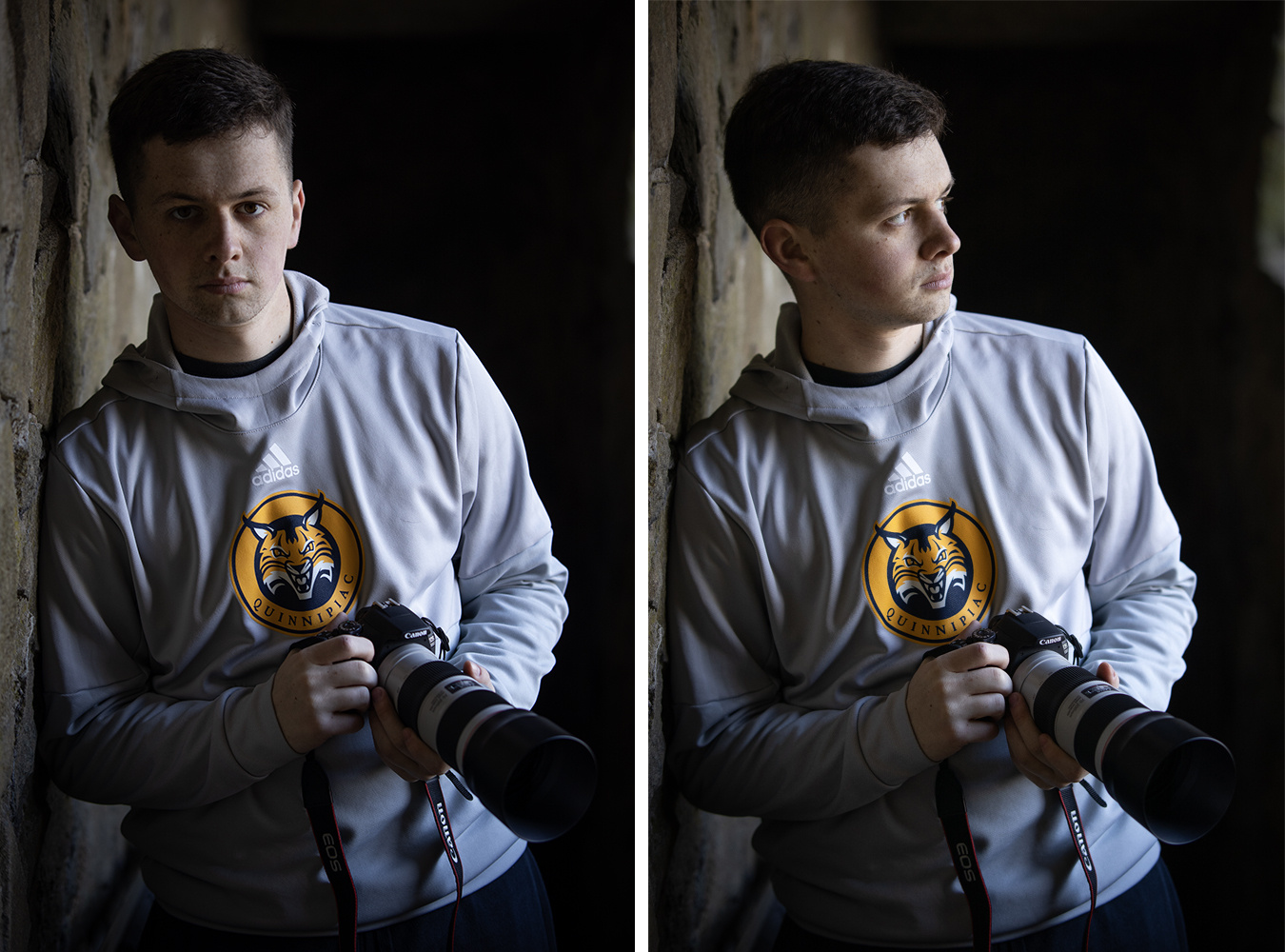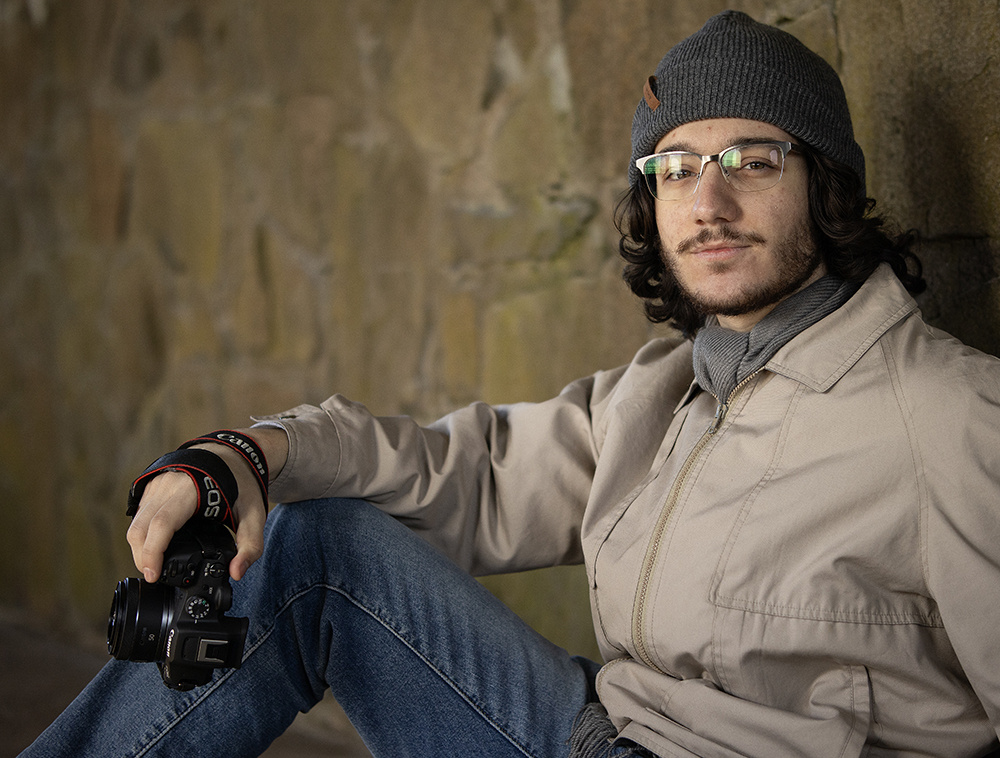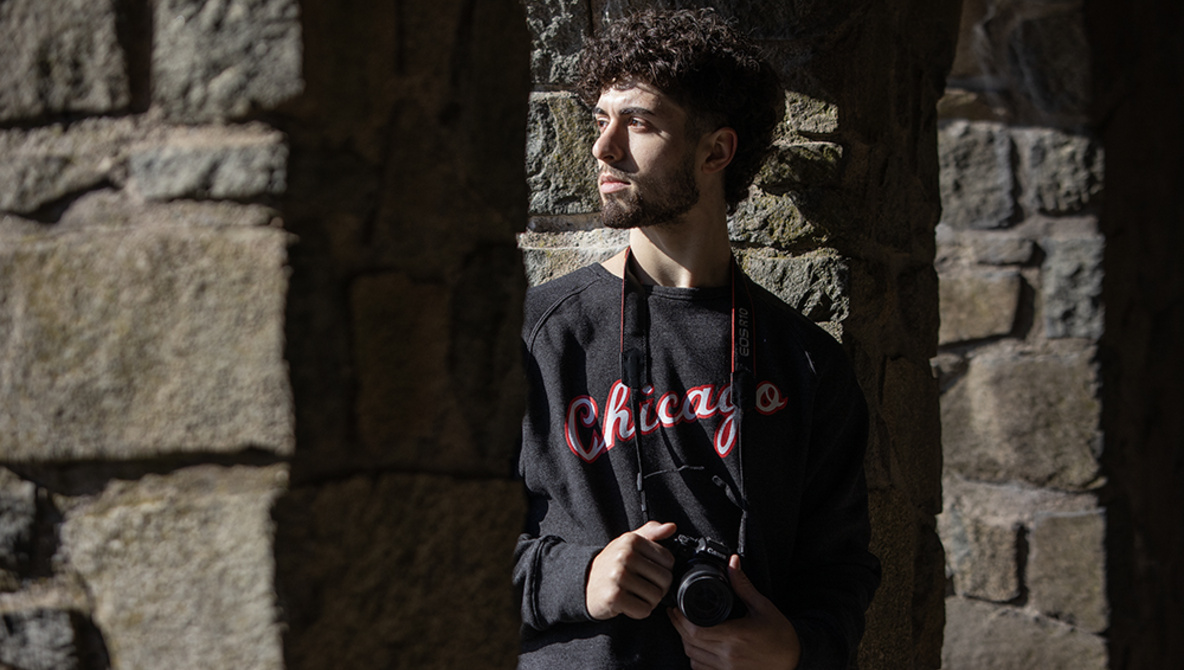I’ve heard many a photographer scoff at using lighting equipment for portraits, labeling themselves a “natural light photographer.”
That’s not as pejorative a label as it sounds, though, if you’re using natural light effectively. Indeed with proper care and technique, and some cooperation from your model, natural light portraits can be as striking as photos done with speedlights or other off-camera lighting.
Here are a few tips to help you make the most out of the light you’ve got.It’s All in the Posing
A large part of effectively using natural light is to lean into it. Literally. Whereas studio lighting equipment can allow you to post your subject however you want it, you can’t really move the sun in the sky. You can move your subject though, and often positioning a face in one direction can create a markedly different photo than another. Just take a look at this alternate take on the scene at the top of this post:
The sun that day was pretty harsh, with nary a cloud in the sky. While shooting directly in it was questionable, there was a tower at the top of Sleeping Giant State Park in Connecticut that provided some opportunities to play with that look. The tower had a wealth of openings where diffused light made its way into the structure, but this particular spot was right at the outer edge of the building. When the subject of the photo looked directly at the camera, one side of his face was enveloped in shadow while the other side was almost blown out by sunlight. However, turning to face the sun resulted in looking more or less directly at the sun. It was something I asked him to do for just a split second and I was able to capture it using the high-speed shooting on my Canon EOS M6 Mark II camera.
It truly is all in the posing of the subject. Even in softer light, this is important. Take a look at this scene, one with the subject facing the camera and one where they are facing the light:

Obviously, in some ways, this will limit composition, but on the positive side, you didn’t have to carry lighting equipment up to the top of a long, uphill trail.
Look for Clean Shots
When you can’t make the environment quite work the way you want it, or the light is not cooperating with the natural framing you are going for, there’s no shame in going for simple, clean light. Like you’d look for in any other situation, look for walls bathed in window light, or shaded areas where you don’t have to contend with extreme contrasting shadow and light. Coming home with a usable image is the goal of any shoot, and no one can fault a clean, simple portrait.

Conclusion
It’s always great to have lights handy, but shooting using only natural light forces you to think a little bit harder about that composition, about that angle or pose. Sometimes, it’s a refreshing challenge to help keep your skills sharp.








Superb article. We spend so much time in the studio about once a month my staff get an Out In The Open day and sometimes we leave all the lighting behind and rely on daylight.